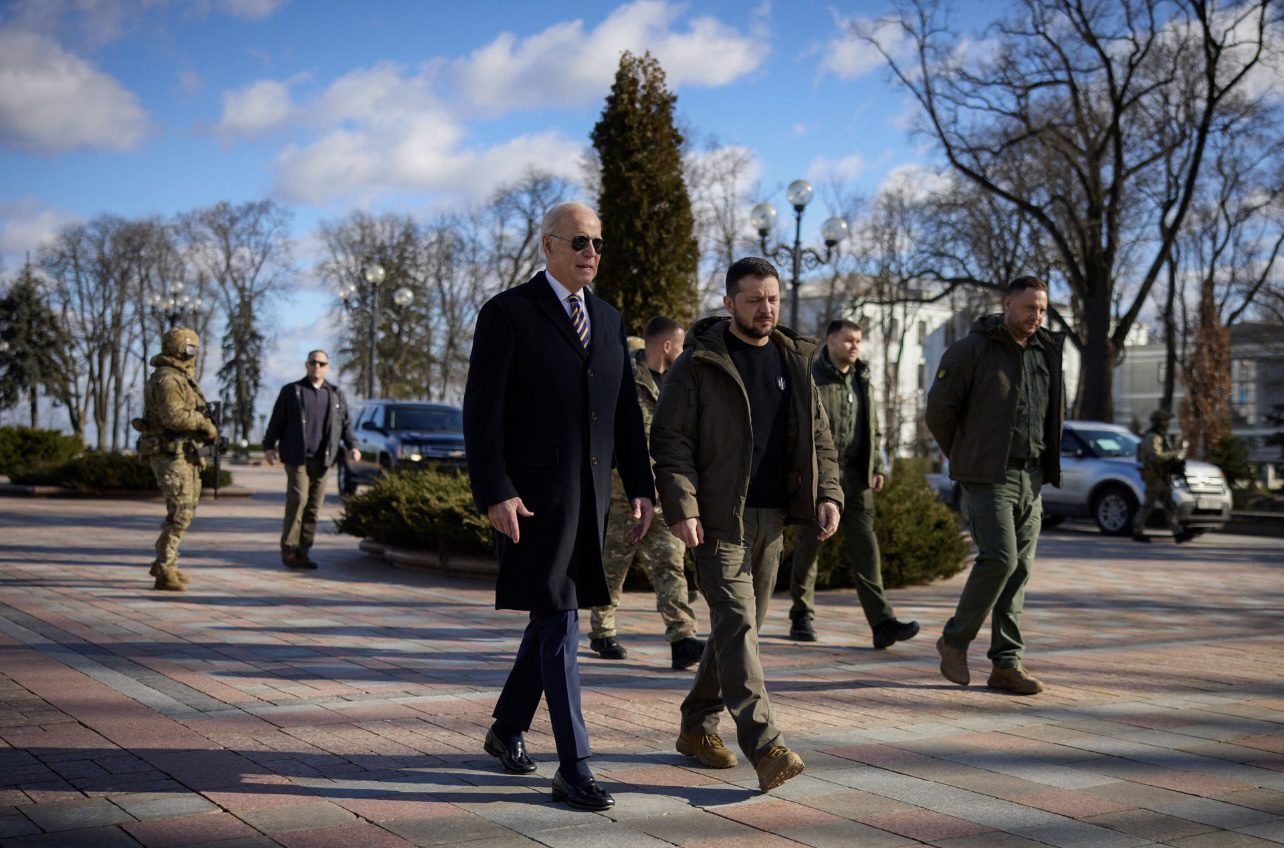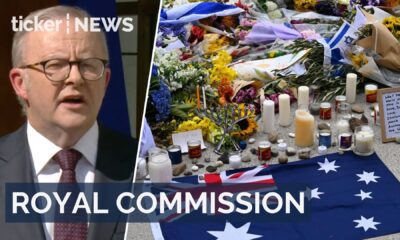Yet one year into the war, Ukrainians have put up a fight and demonstrated remarkable resolve against a powerful military. In fact, some of those military analysts, including former U.S. Secretary of Defense Mark Esper, have begun to wonder whether the war has reached a stalemate.
In my view, as a career U.S. special forces officer, the war is not yet close to a stalemate.
Instead, the lull in military activity is the normal “ebb and flow of a long war being fought by well-resourced countries with external support,” as noted by retired Australian General Mick Ryan.
More to come
Tragically, there is likely more of this war ahead of Ukraine than behind.
Large offensives, like the ones conducted by Ukraine in the fall of 2022, take time to plan and stage.
For the Ukrainians, planning their next counteroffensive is complicated by the fact that these operations are dependent on the delivery of Western equipment and, if that involves a new weapon system, that takes even more time.
Likewise, Russia, after sustaining significant losses in the war to date, must call upon reserves and try to repair a completely broken logistical system.
Since the early days of its invasion, Russia seems incapable of planning its own large offensives.
It is not a surprise, then, to see the pace of operations slow over the winter as both militaries try to rebuild combat power and prepare for their next major offensive.
What we are likely to see in the second year of the war – and there will be a full second year – was much of what we have seen for the past year.
Ukraine will hold territory where it can and surrender territory where it must to preserve combat power necessary to conduct counteroffensives.
Ukraine’s challenge
The challenge for Ukraine is that these counteroffensives become more difficult as Russian forces are consolidated into a smaller area. That limits Ukraine’s advantage in its ability to maneuver.
Because Russia lacks well-trained troops to conduct attacks, it will instead rely on artillery shellings to make relatively small territorial gains that offer little tactical and even less strategic value.
In my view, the war will drag on until the economic and political cost of the war become too great for Russia.
But make no mistake, Russia is nowhere close to that point, and the war will likely go on for years before Russia reaches a point of an end game.
In the meanwhile, here are six lessons that have emerged after the first year of the war.
If Russia’s invasion of Georgia in 2008 or its illegal annexation of Crimea and direct support of separatists in Ukraine’s Donbas in 2014 did not make it clear, Russia’s most recent invasion presented irrefutable evidence that war on the continent of Europe is still a reality in 2023.
As a result, instead of NATO’s being “obsolete,” as claimed by then-President-elect Donald Trump in 2017, the invasion has only strengthened the European alliance.
So much so that Sweden and Finland, two famously neutral countries, are seeking NATO membership more than 70 years after the NATO’s start.
It is difficult to know whether Russian President Vladimir Putin could have been prevented from invading Ukraine.
In my view, the United States and its NATO allies did not truly attempt to deter the earlier Russian invasions of Ukraine and Crimea, and these failures date back to the George W. Bush administration.
The sanctions following Russia’s invasion of Georgia and illegal annexation of Crimea were a relative slap on the wrist.
As Russia spent months building up its troops along the border, the United States and its allies did little more than threaten punishment should Russia invade. But those threats were ignored by Putin.
Once the invasion was imminent, instead of making a final attempt to deter, the United States, in effect, green-lighted the invasion by closing its embassy and relocating its diplomats.
By comparison, during World War II, the U.S. refused to close its embassy in Paris even as Nazi Germany threatened France.
Russia’s realisation
At the start of the conflict, Russia was ranked as the second-most-powerful military in the world behind the United States.
It held a 10-1 advantage over Ukraine, ranked 22nd in world military power.
Although they are difficult to measure, the war has shown that doctrine, training, leadership and morale are also important factors.
Ukraine’s commitment to transform itself from a Soviet to a Western-style military in 2015 has paid off.
The Ukrainian population may have the will to resist, but without enough and the right weapons systems, they probably would have lost the conventional fight months ago and would now be waging an insurgent campaign across the country.
Most of the attention about the weapons Ukraine needs has been directed at HIMARS rocket systems, infantry fighting vehicles, tanks and fighter jets.
But with a much smaller military, Ukraine is in need of just about everything.
While it may not be as visible as tanks, ammunition is just as important, and Ukraine cannot produce enough internally to replace exhausted stockpiles.
Ukraine absolutely requires these weapons systems and ammunition to sustain the fight.
Some analysts questioned whether tanks were passé following the 2020 Nagorno-Karabakh war between Armenia and Azerbaijan, given their vulnerability to Azerbaijani unmanned aerial systems.
Likewise, the United States ravaged Iraqi tanks during the Gulf War in 1991.
But the issue in both wars was not the tanks, but poor training and employment.
Tanks still have a role in military maneuvers, and the Ukrainians have demonstrated they can be very effective when employed properly.
Militaries want to avoid urban warfare, and rightfully so.
It is arguably the most challenging environment in which to fight, and it is often the most brutal, as the war in Ukraine has demonstrated.
But the war has also demonstrated that urban areas cannot be avoided, and they are where a majority of the fighting has occurred.
Yet despite the prevalence of urban combat in Ukraine, the Philippines’ Marawi and Iraq, militaries remained woefully unprepared for this environment.
Is this last major war in which we will see fighter pilots?
Flying fighter jets posed little risk during counterinsurgency campaigns in Afghanistan and Iraq, but they are extremely vulnerable to the antiaircraft systems of more advanced nations.
In the 2020 Nagorno-Karabakh war, unmanned aircraft featured more prominently than fighter jets, and that has been the case in this war as well.
This is not surprising.
It is easier and cheaper to build an aircraft if a human doesn’t have to fly it.
It is too early to tell if this is the beginning or the end of the manned fighter jet.
More than likely, in my view this is simply the emergence of new weapons that will not replace completely the role of fighter pilots.




 Tech4 days ago
Tech4 days ago


 Crypto3 days ago
Crypto3 days ago


 Ticker Views2 days ago
Ticker Views2 days ago


 Tech4 days ago
Tech4 days ago


 Tech3 days ago
Tech3 days ago


 Ticker Views5 days ago
Ticker Views5 days ago


 Ticker Views5 days ago
Ticker Views5 days ago


 News4 days ago
News4 days ago







